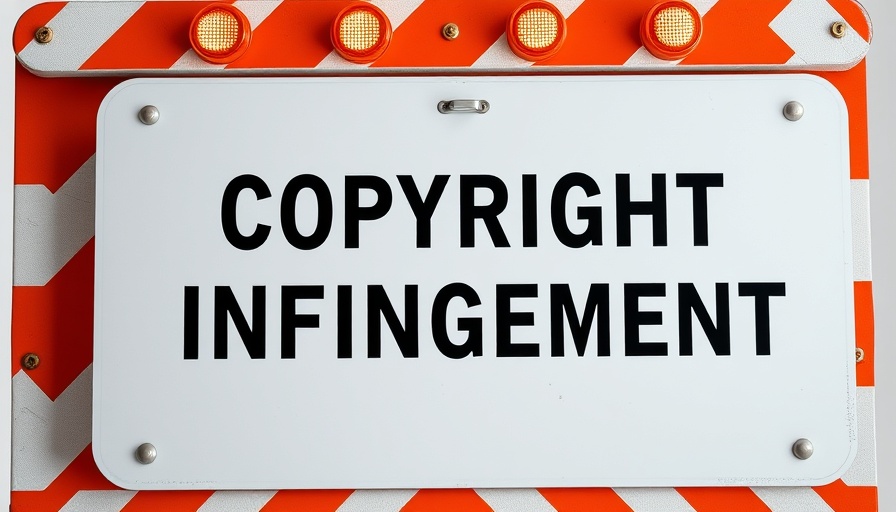
Understanding the One Big Beautiful Bill Act
The One Big Beautiful Bill Act (OBBBA) could revolutionize the way small business owners approach investments in equipment and property. By significantly enhancing tax breaks for qualifying acquisitions, OBBBA paves the way for increased economic activity and job creation across sectors. Notably, businesses might even retroactively apply these deductions back to earlier in the year, unlocking potential savings.
Your Guide to Bonus Depreciation under OBBBA
Bonus depreciation—often referred to by the IRS as the “special depreciation allowance”—allows business owners to deduct a substantial percentage of the cost related to purchasing equipment or machinery in the first year. Previously set at 100% in 2022, this rate saw a decrease to 80% in 2023 and 60% in 2024. However, good news arrives for purchases made after January 19, 2025, where businesses can enjoy that full 100% deduction once again.
This is a game-changer for cash flow management, enabling business owners to invest vigorously without crippling their finances. Imagine repurposing that cash flow for further growth instead of waiting decades to see returns on gradually depreciated equipment.
Maximize Your Deductions: The Power of First-Year Expensing
The newly amended Section 179 deduction revamps how you can approach property acquisitions. This deduction leapfrogs from $1.25 million to a whopping $2.5 million, making it one of the most significant shifts for business owners in recent history. It’s about more than just numbers; it’s about the idea that you can fully write off qualified property in the year you put it into service.
Fortunately, the threshold for total purchases has also risen dramatically from $3.13 million to $4 million, enabling businesses to maintain benefits even as they grow. As long as total purchases for the year remain under $6.5 million, this deduction can substantially enhance a company’s cash flow.
The Future of Production Facilities and Their Immediate Write-Offs
The new provisions extend beyond just equipment, emphasizing structures for production activities. This means businesses engaged in manufacturing, refining, or even agriculture can write off 100% for non-residential buildings utilized in these sectors. This immediate write-off becomes essential as businesses are now encouraged to invest in infrastructure that propels them forward. With construction starting after January 19, 2025—and before January 1, 2029—there is plenty of time to plan expansions strategically.
Challenging Misconceptions: What Deduction Doesn't Cover
While the upward trends in expensing for business property are promising, it's crucial to remember that not all expenses qualify. Structures dedicated to office spaces, research, and development labs, and even parking structures do not fit the current definitions of qualified production activity for this deduction. By diving deep into OBBBA's specifics, entrepreneurs can better align their business strategies with available tax benefits.
Strategizing Beyond Tax Benefits
Understanding these deductions allows small business owners to make informed decisions that stretch far beyond immediate tax relief. By contemplating future investments and the overall impact on their operations, entrepreneurs can leverage these laws to increase efficiency, improve cash flow, and even bolster their market position. Saved capital could allow for increased hiring, technology upgrades, or essential renovations—pointing towards a landscape where small businesses can truly thrive.
Conclusion: Unlock New Possibilities with OBBBA
As business owners navigate the implications of the One Big Beautiful Bill Act, embracing the new deductions can significantly impact their financial well-being and growth trajectory. With the opportunity to enhance cash flow and facilitate investments, it's time to determine how your business can best utilize these changes. Now is the moment to act—evaluate your business's needs and consult a tax professional to explore how these deductions can work for you, ensuring you don’t miss out on potential savings.
 Add Row
Add Row  Add
Add 




Write A Comment